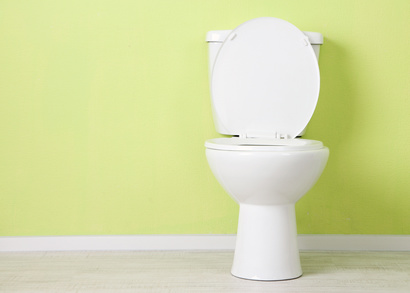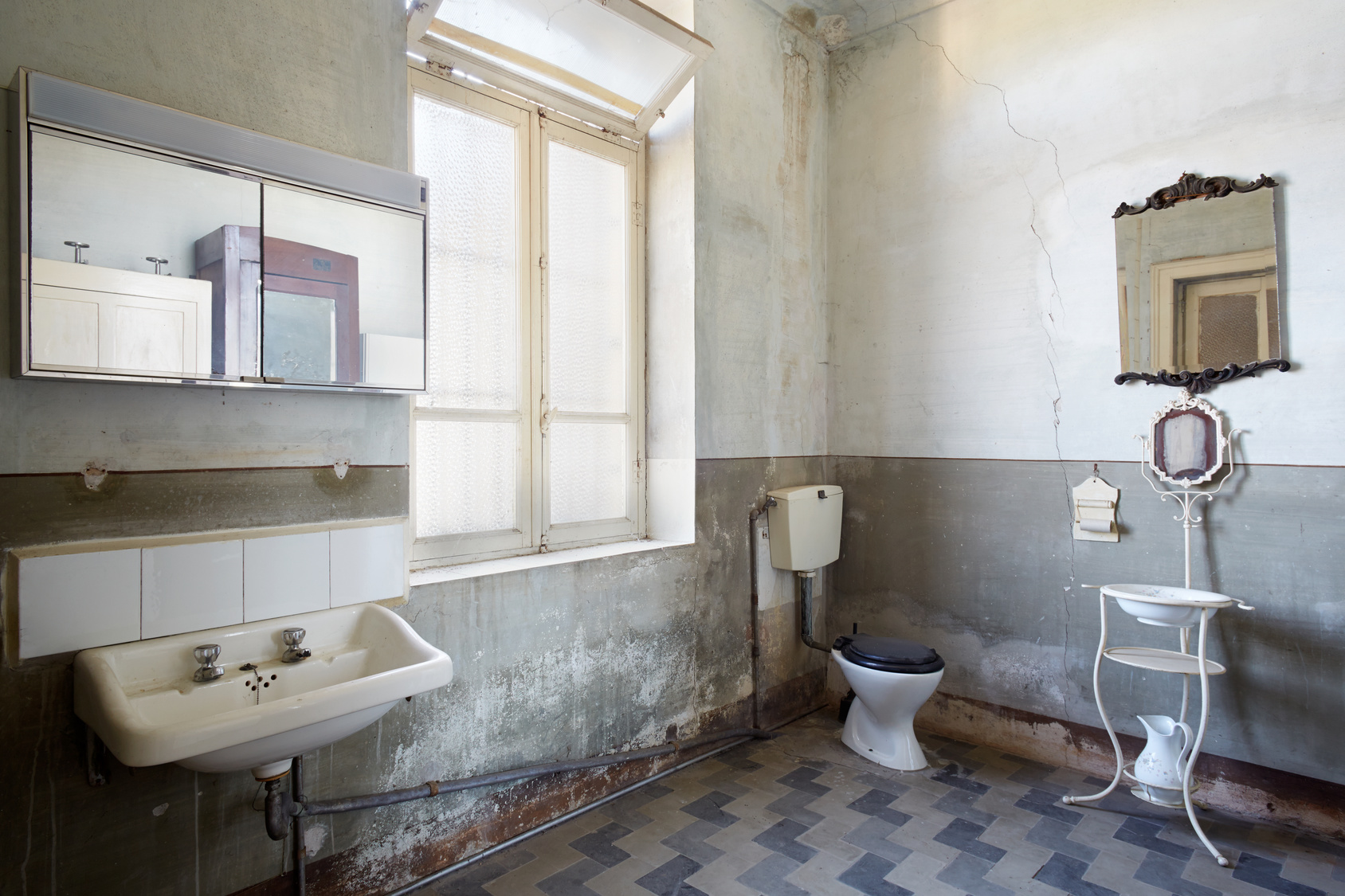
Who hasn’t experienced this minor household emergency; you flush the toilet and instead of the familiar swirl of water leaving the bowl, nothing happens. You know you’ve got an issue, the only question is how serious is it. The source of the problem could be something that you can easily fix yourself in a matter of minutes or it may require calling in a professional to get your toilet repaired. If your toilet isn’t flushing water, these might be the reasons.
A Clogged Pipe
When you flush too much toilet paper or materials that are better disposed of in the trash, a clog can result which will keep your toilet from flushing. Depending on the severity of the issue you might be able to dislodge the clog with a plunger. A more serious clog might require a call to a plumber who will use a snake or auger to clear the pipe. Clogs can be prevented by being mindful of the amount of material you flush.
The Lift Chain Isn’t Lifting the Flapper
The lift chain is hooked to the end of the arm that connects to the flusher handle. The other end of the chain is connected to the flapper, the small piece of plastic or rubber that covers the pipe running between the tank and the bowl. When the toilet is flushed, the flapper lifts off the pipe, allowing the water to leave the tank and flow into the bowl. If the lift chain is disconnected or there is too much slack in the chain then the flapper won’t raise, preventing this simple but vital transfer from taking place. This is a simple fix that even the most unhandy person should be able to undertake. Simply lift off the top of the tank and reconnect the chain or, if there is too much slack, adjust the length of the chain.
There’s Not Enough Water in the Tank
The toilet won’t flush if there is an insufficient amount of water in the tank. When you look in the tank, the water level should be about an inch below the top of the toilet’s overflow tube, which redirects the water into the bowl when the water level in the tank is too high. If it isn’t, then you should check the water valve to make sure it hasn’t been turned off. Sometimes the valve is turned off accidentally or it might have been done in the course of winterizing the home. Turn the valve back on and then keep an eye on the water level in the tank after you flush to make sure that it fills to the correct level.
The Flapper Isn’t Functioning Properly
The flapper can become worn and warped over time which will prevent it from forming a proper seal over the pipe that connects the tank and the bowl. This is a fairly easy and inexpensive fix. Replacement flappers can be purchased at most hardware stores and are simple to install. Turn off the water to the toilet and empty the tank before putting in the new flapper. Give it a flush to ensure the problem is resolved.
Please, contact us if you are having an emergency toilet repair issue.

